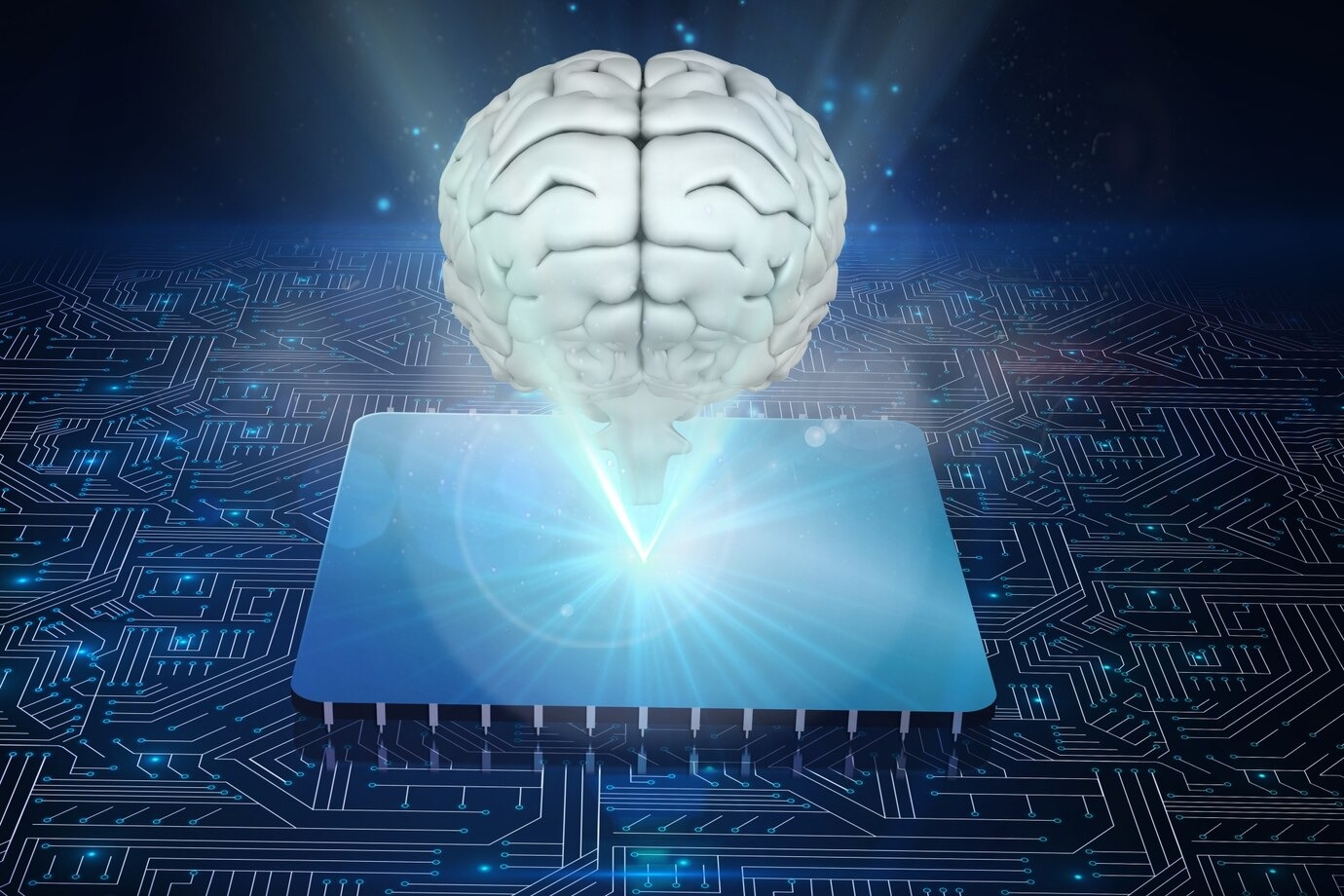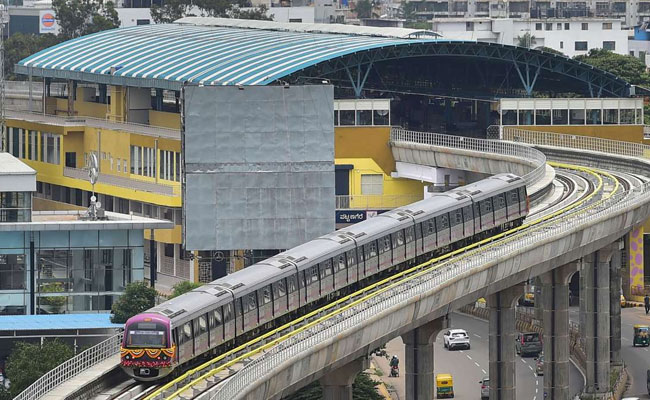Bengaluru(PTI): Researchers at the Indian Institute of Science (IISc) have developed a brain-inspired analog computing platform capable of storing and processing data in an astonishing 16,500 conductance states within a molecular film.
They believe it could be a game-changer, revolutionising industrial, consumer and strategic applications.
Published on September 11 in the journal Nature, this breakthrough represents a huge step forward over traditional digital computers in which data storage and processing are limited to just two states, the IISc said.
Such a platform could potentially bring complex AI tasks, like training Large Language Models (LLMs) to personal devices like laptops and smartphones.
These developments are currently restricted to resource-heavy data centres, due to a lack of energy-efficient hardware. With silicon electronics nearing saturation, designing brain-inspired accelerators that can work alongside silicon chips to deliver faster, more efficient AI is also becoming crucial.
"Neuromorphic computing has had its fair share of unsolved challenges for over a decade," explained Sreetosh Goswami, Assistant Professor at the Centre for Nano Science and Engineering (CeNSE), IISc, who led the research team. "With this discovery, we have almost nailed the perfect system – a rare feat," he said.
The molecular system at the heart of the platform was designed by Sreebrata Goswami, Visiting Professor at CeNSE. In a material film, molecules and ions create countless unique memory states, many of which have been inaccessible so far. Most digital devices can access only two states--high and low conductance, without being able to tap into the infinite number of intermediate states possible.
By using precisely timed voltage pulses, the IISc team found a way to effectively trace a much larger number of molecular movements, and map each of these to a distinct electrical signal, thus forming an extensive "molecular diary" of different states.
According to IISc, the fundamental operation underlying most AI algorithms is quite basic– matrix multiplication, a concept taught in high school maths. But in digital computers, these calculations hog a lot of energy. The platform developed by the IISc team drastically cuts down both the time and energy involved, making these calculations a lot faster and easier.
"This project brought together the precision of electrical engineering with the creativity of chemistry, letting us control molecular kinetics very precisely inside an electronic circuit powered by nanosecond voltage pulses," explained Goswami.
"Tapping into these tiny molecular changes allowed the team to create a highly precise and efficient neuromorphic accelerator, which can store and process data within the same location, similar to the human brain. Such accelerators can be seamlessly integrated with silicon circuits to boost their performance and energy efficiency," the IISc said.
Researchers said the key challenge was characterising the various conductance states, which proved impossible using existing equipment. The team designed a custom circuit board that could measure voltages as tiny as a millionth of a volt, to pinpoint these individual states with unprecedented accuracy.
It also turned this scientific discovery into a technological feat.
Using their AI accelerator, the team recreated NASA's iconic "Pillars of Creation" image from the James Webb Space Telescope data on a tabletop computer. This was achieved in a fraction of the time and energy required by traditional systems, IISc said.
The team includes several students and research fellows at IISc. They also collaborated with Stanley Williams, Professor at Texas A&M University and Damien Thompson, Professor at the University of Limerick, it added.
The researchers believe that this breakthrough could be one of India’s biggest leaps in AI hardware, putting the country on the map of global technology innovation. Navakanta Bhat, Professor at CeNSE and an expert in silicon electronics led the circuit and system design in this project.
"What stands out is how we have transformed complex physics and chemistry understanding into groundbreaking technology for AI hardware," Goswami said.
"In the context of the India Semiconductor Mission, this development could be a game-changer, revolutionising industrial, consumer and strategic applications. The national importance of such research cannot be overstated," he added.
With support from the Ministry of Electronics and Information Technology, the IISc team is now focused on developing a fully indigenous integrated neuromorphic chip. "This is a completely home-grown effort, from materials to circuits and systems," he emphasised.
"We are well on our way to translating this technology into a system-on-a-chip," he added.
Let the Truth be known. If you read VB and like VB, please be a VB Supporter and Help us deliver the Truth to one and all.
London (PTI): Bollywood stars Shah Rukh Khan and Kajol huddled under an umbrella on a rainy Thursday in London to unveil their bronze likeness from an iconic ‘Dilwale Dulhania Le Jayenge’ scene.
The sculpture of the duo joins Leicester Square’s ‘Scenes in the Square’ trail depicting memorable shots from some of the world’s most famous films, with ‘DDLJ’ marking a Bollywood first and the 30th anniversary of the 1995 box-office hit. It is in this popular London square that SRK as Raj and Kajol as Simran first cross paths unknowingly.
“DDLJ was made with a pure heart. We wanted to tell a story about love, how it can bridge barriers and how the world would be a better place if it had a lot of love in it, and I think this is why 'DDLJ' has had a lasting impact for over 30 years now," said Khan.
“Personally, 'DDLJ' is part of my identity, and it is humbling to see film, and Kajol and me, receiving so much love since it was released,” he said.
He expressed his gratitude to the Heart of London Business Alliance, behind the cinematic trail at Leicester Square, for celebrating ‘DDLJ’ and “immortalising” its lead stars.
“Seeing ‘DDLJ’ become the first Indian film to be honoured in the iconic Scenes in the Square trail is an emotional moment and has brought back so many memories.
"I feel immense pride knowing the film has been embraced around the world, and I want to share this moment with the entire cast and crew of ‘DDLJ’, my friend and director Aditya Chopra and the Yash Raj Films family. This is a moment I will never forget,” added Khan.
Kajol, joined by her daughter Nysa and son Yug, posed with Khan in front of the statue as she braved the rain in a green saree.
“It’s incredible to see ‘Dilwale Dulhania Le Jayenge’ continue to receive so much love, even 30 years later. Watching the statue being unveiled in London felt like reliving a piece of our history - a story that has truly travelled across generations,” said Kajol.
“Seeing it find its rightful place in Leicester Square, a location of such enormous significance to ‘DDLJ’, makes this moment even more special. For the film to be honoured in this way in the UK – the first Indian film to receive such recognition – is something that will forever stay in the hearts and minds of all the ‘DDLJ’ fans across the world,” she said.
Their statue, captured in a dancing pose from the hit song ‘Mehndi Laga Ke Rakhna’, joins the likes of Harry Potter, Bridget Jones, Mary Poppins, and Batman in what is dubbed as an ever-growing celebration of movie magic in a square packed with multiplex cinema screens.
“When ‘Dilwale Dulhania Le Jayenge’, DDLJ, was released 30 years ago, the film became a defining moment for Indian cinema and changed the face of the industry, capturing the hearts of everyone who saw it all over the globe," said Akshaye Widhani, CEO of Yash Raj Films.
“We’re thrilled to be the first Indian film to be represented in ‘Scenes in the Square’. It also marks 30 years of DDLJ, a film that has spread love and joy globally, and shows the cultural impact it has had in UK.
“We are honoured that our superstars and our film are being recognised on the world stage alongside the Hollywood elite, from Gene Kelly to Laurel & Hardy to Harry Potter. This statue will be a great way to express the international appeal of Indian movies and build bridges amongst communities through cinema,” he said.
Since its release in 1995, ‘DDLJ’ has become the longest-running film in Hindi cinema history.
Ros Morgan, Chief Executive at Heart of London Business Alliance, said: “We’re proud to welcome global megastars Shah Rukh Khan and Kajol to our Scenes in the Square trail.
"Dilwale Dulhania Le Jayenge is a cinematic phenomenon that has shaped generations, and London’s first tribute to Indian cinema honours a story whose magic continues to captivate audiences worldwide.”
It is a particularly special year for the film, with a musical based on the romance playing to packed houses at Manchester’s Opera House earlier this year. Aditya Chopra reprised his role as director of the English language stage production, ‘Come Fall In Love – The DDLJ Musical’, which revolved around the love story of Simran and Roger.
The script was a nod to the original as it followed Simran as a young British Indian woman who finds herself engaged to a family friend in India in an arranged marriage. However, the plot thickens when she falls in love with a British man named Roger.





